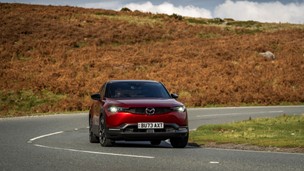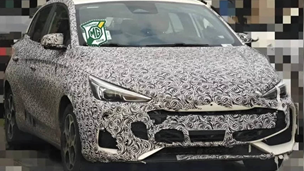Even if they’re way out of your reach money-wise, it’s easy to love supercars. That’s not just because they’re stunning to look at and incredibly fast. They also inspire manufacturers to come up with creative new ways of maximising performance, through innovative new engines and other technologies.
Only a small number of us ever get the opportunity to own such a vehicle, though some actually remain elusive to everyone, because although they were meant be sold in numbers, they were pulled before they could even reach the showroom.
Here we pay tribute to four intriguing supercars that were planned for production at some point but were sadly withdrawn, whether that be because of costs, safety or something else.
Each of these projects have had some influence on the manufacturers that thought them up before binning them, and they could even influence these brands further in the future. Who knows? Perhaps some of these supercar projects will be revised in some sort of form in the not-too-distant future.
Jaguar C-X75
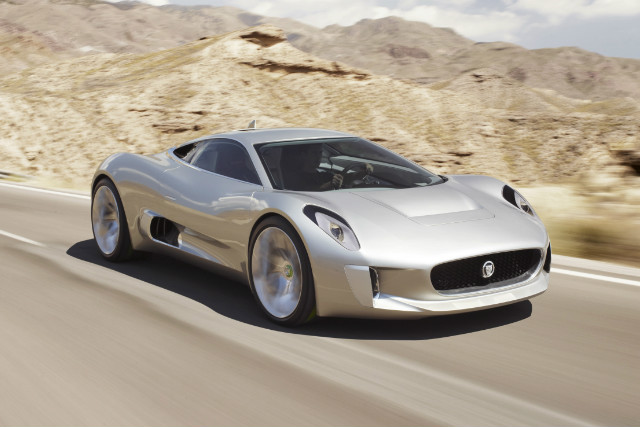
The Jaguar C-X75 concept was first shown at the 2010 Paris Motor Show and blew minds with its sleek style and unique powertrain.
Originally, Jaguar said the C-X75 would be driven by jet engines, which made it sound like the car belonged better in Thunderbirds rather than the real world. Reportedly, Jaguar did actually get a jet engine powertrain to work, but the CO2 emissions in the start-up phase were too high to make it feasible.
However, that isn’t what made Jaguar cancel the C-X75. In fact, during 2011, plans were announced for limited production of the supercar starting from 2013, in partnership with the Williams Formula 1 team.
The production version would use a plug-in hybrid powertrain combining a 1.6-litre petrol engine and two electric motors to produce up to 888bhp. With a 0-60mph sprint time of 2.8 seconds and an estimated price between £700,000 and £900,000, the C-X75 was hyped up to be one of the spectacular creations from Jaguar ever.
But, towards the end of 2012, Jaguar sadly announced the cancellation of C-X75 production due to the global recession that was still ongoing at the time. The manufacturer did add though that ideas created for the C-X75 would be passed down to future models. Jaguar did also build a small number of working prototypes, which were either auctioned off or assigned a role by the company, such as a museum piece in one case.
The Jaguar C-X75 does actually have some kind of future, in the short-term at least, thanks to James Bond. The next 007 film, Spectre, will feature a C-X75 (reportedly using a 5.0-litre supercharged V8) that’ll get involved in a high speed chase sequence. Maybe the publicity from this film and a healthier global economy could persuade Jaguar to reconsider making the C-X75? One can hope.
Volkswagen W12
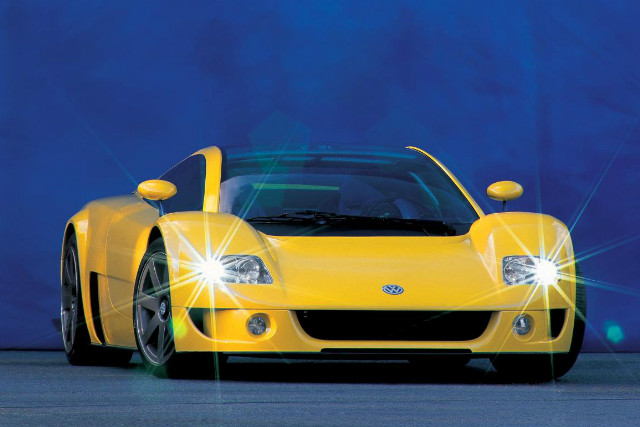
Volkswagen is one of the biggest car companies in the world and has achieved an awful lot over the last seven-plus decades. But a fully-fledged supercar is one of the very few types of car we’ve never seen a bear a VW badge and hit the market.
All the way back in 1997, however, Volkswagen did set out to prove they could make a supercar and created a concept, called the W12 Coupe (also known as the W12 Nardo, in reference to where it was tested).
Designed by an Italian company, it certainly looked the part and, as the name suggested, it used one of the VW Group’s trademark W12 engines. Specifically, it had a 5.6-litre, twelve-cylinder petrol unit that produced 414bhp, connected to a four-wheel drive powertrain. A Roadster version of the W12 followed in 1998 and an updated coupe was then shown at the 2001 Tokyo Motor Show.
The signs seemed to pointing towards production when, a year later, the W12 coupe was tested at the Nardo Ring test track in Italy, where it set new world records. But ultimately, Volkswagen never actually put the W12 in production. Perhaps some consolation for this car though is that it’s believed to be one of several concepts that served as inspiration for the immensely fast Bugatti Veyron.
Lamborghini Asterion
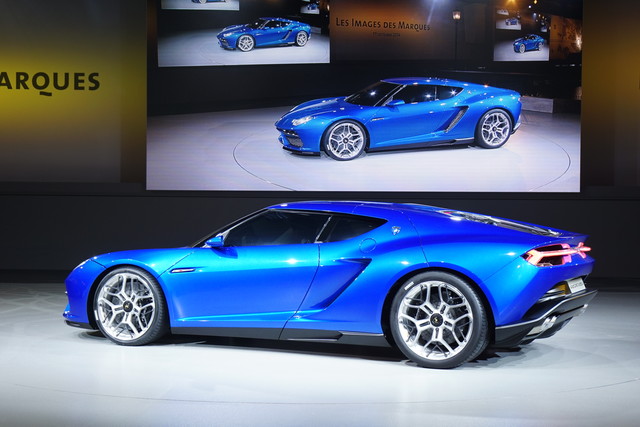
Lamborghini very rarely struggles to make petrolheads weak at the knees whenever they unveil a new upcoming supercar. But the Asterion, revealed at the 2014 Paris Motor Show, represented a radical departure from the company’s typical offerings.
While the Asterion had a similarly striking design to other modern Lamborghinis, it was unique for being a plug-in hybrid model. As well as using the 5.2-litre V10 from the Huracan, it also had twin electric motors that drove the front wheels, resulting in a combined output of 898bhp.
The CEO of Lamborghini, Stephan Winkelmann, explained: “It was built to show what we would do if the regulations forced us to have 30 miles of electric range as well as high-speed performance.
“Because of the weight of the batteries, we also took the opportunity to make the car bigger and roomier. We wanted to see customer reactions.” The reaction from Lamborghini’s customer base, however, was reportedly lukewarm towards the Asterion, thus the company has opted to ditch production plans in favour of focusing on its upcoming SUV, the Urus.
The Asterion’s hybrid technology could live on however as an optional specification of the Urus and other models. Maybe it could even inspire Lamborghini one day to make a hypercar that can rival hybrids like the McLaren P1, LaFerrari and Porsche 918. The reaction to that would surely be better than lukewarm.
TVR Cerbera Speed 12
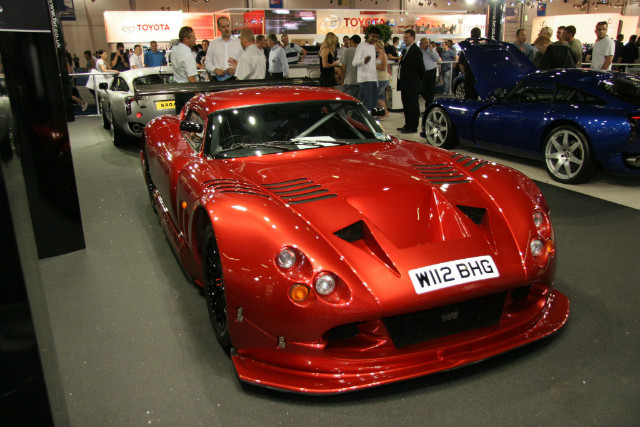
It has sadly been a while since TVR has built a car. But back in the late nineties, the Blackpool-based manufacturer put plans together to create what was meant to be the world’s most powerful road car that could also be converted into a successful endurance racer.
First revealed as Project 7/12 at the 1996 Birmingham Motor Show, this TVR immediately pulled in a huge crowd and even reportedly sparked numerous order enquiries. Later renamed the Speed 12, the design for this supercar was completed by 2000, and the race version made its way to the British GT Championship. The road-going version (set to cost nearly £200,000) faced more difficulties, however.
The performance from its 7.7-litre V12 petrol engine was undoubtedly phenomenal. But unfortunately, its power ultimately seemed to put it too far ahead of its time.
Reportedly, when TVR tried to record the car’s power with an engine dyno (rated at 1,000bhp) the machine was broken during testing. With a more cautious approach to this test, the Speed 12’s output was measured at 960bhp in total.
Then, when TVR’s then-owner, the late Peter Wheeler, drove a finished prototype home, he decided the Speed 12 was too powerful and therefore unusable for public roads. That led production plans to be cancelled and the prototypes were eventually dismantled.
One of the prototypes was later rebuilt and improved, however, before being sold to a hard-core TVR fan. For everyone else though, the Speed 12 remains only a case of ‘what if?’
Perhaps, though, the Speed 12’s story isn’t over just yet. Earlier this year, news arrived that TVR will return in 2017 with four new models. With new ownership from a British company, and development input from Formula 1 legend Gordon Murray, there’s reason to be optimistic for this comeback.
If TVR’s return proves successful enough, could it encourage them to create a supercar similar in design and power to the Speed 12? It wouldn’t seem so outrageous now, when you consider hypercars with more power than that project have successfully launched since its cancellation.


